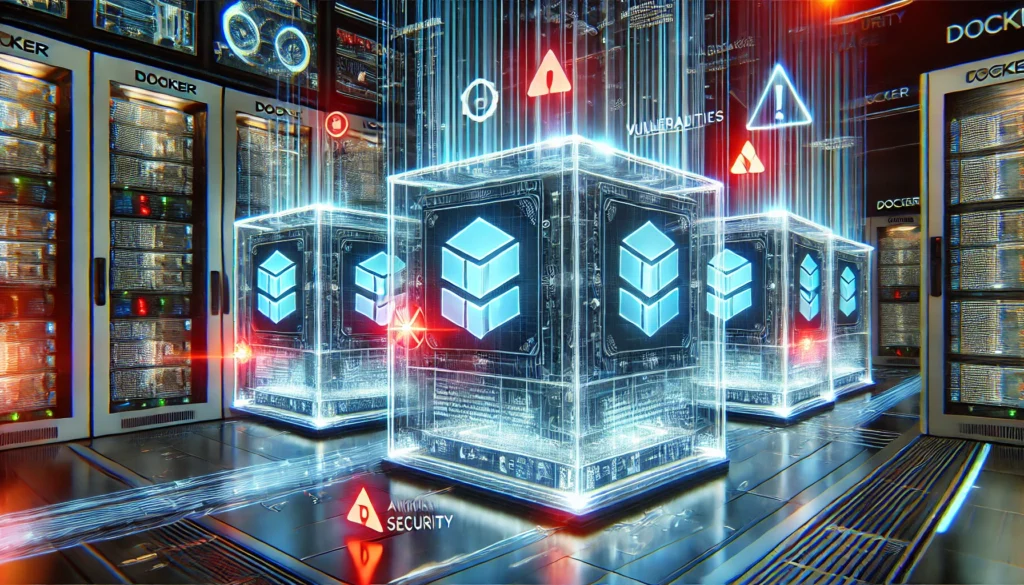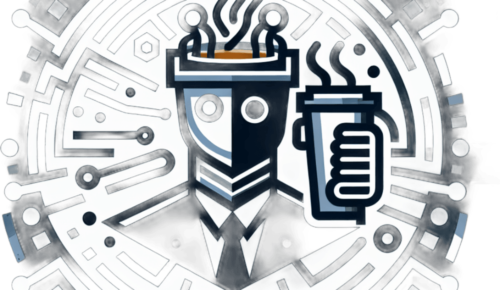
As containerization becomes a standard in modern software development, ensuring the security of the images used in production environments is crucial. Docker, being one of the most widely adopted container platforms, has made it easier to package and deploy applications, but these images can also carry vulnerabilities, misconfigurations, or even malicious code. This is where tools like Trivy come into play, offering an easy and efficient way to scan Docker images for vulnerabilities.
In this blog post, we’ll show you why it’s important to securely scan Docker images for vulnerabilities, explain how to scan local Docker images using Trivy, and walk through the key flags that will help you get the most out of your scans.
- Why Securely Scan Docker Images?
- Best Practices for Secure Docker Image Scanning
- Conclusion
Why Securely Scan Docker Images?
Containers offer great benefits like portability, consistency, and scalability, but they can also introduce significant security risks if not properly managed. Here’s why scanning Docker images is so critical:
- Known Vulnerabilities: Docker images often pull base images from public repositories. These base images could contain outdated software or vulnerable libraries that hackers can exploit.
- Misconfigurations: Containers can unintentionally be configured with insecure defaults, leading to a compromised environment.
- Supply Chain Risks: If your container images rely on third-party images or code, vulnerabilities in these dependencies can lead to security breaches.
- Malware and Backdoors: Malicious actors might inject harmful software into images, compromising your entire stack when deployed.
The Role of Trivy in Securing Docker Images
Trivy (pronounced “triv-ee”) is an open-source security scanner that helps you find vulnerabilities in container images, file systems, and Git repositories. Trivy is lightweight, fast, and capable of detecting a wide range of issues:
- Vulnerabilities in OS packages: It can scan for known vulnerabilities in the operating system libraries inside your container.
- Vulnerabilities in application dependencies: Trivy supports scanning for issues in programming language dependencies like Python, Node.js, Ruby, and more.
- Misconfigurations: It helps identify insecure configurations in Dockerfiles and Kubernetes resources.
- Secrets and sensitive data: Trivy can flag hardcoded secrets such as API keys or passwords.
How to Scan Local Docker Images Using Trivy
Trivy makes it incredibly simple to scan local Docker images. The process typically involves the following steps:
1. Install Trivy
If you haven’t already installed Trivy, you can do so with a simple command.
Linux
sudo apt-get install trivy
MacO
brew install aquasecurity/trivy/trivy
OR
curl -sfL https://raw.githubusercontent.com/aquasecurity/trivy/main/contrib/install.sh | sudo sh -s -- -b /usr/local/bin v0.58.2
More information on the installation steps can be found here (https://trivy.dev/v0.58/getting-started/installation/)
2. Scan a Local Docker Image
Once Trivy is installed, scanning a Docker image is as simple as running the following command:
trivy image <image-name>For example, to scan a locally built image called myapp:latest, you would run:
trivy image myapp:latestThis command will scan the image for vulnerabilities in both the operating system and any application dependencies. Trivy fetches vulnerability data from various sources (e.g., NVD, GitHub Advisory Database) and reports any issues it finds.
3. Scan Dockerfile and Dependencies
Trivy can also be used to scan your Dockerfile or the application’s source code for misconfigurations or vulnerabilities in dependencies
trivy fs <path-to-source-or-dockerfile>For example, to scan the Dockerfile in your current directory:
trivy fs .Key Trivy Flags for Docker Image Scanning
While the default scan will give you a good overview, Trivy comes with several powerful flags that can help fine-tune your scans based on your specific needs.
1. --severity
This flag allows you to filter the results based on the severity of vulnerabilities. By default, Trivy reports all vulnerabilities, but you may want to focus on critical or high-severity vulnerabilities to prioritize them.
trivy image --severity HIGH,CRITICAL myapp:latest
This command will only show vulnerabilities that are classified as HIGH or CRITICAL.
2. --ignore-unfixed
If you want to ignore vulnerabilities that have not yet been fixed (or for which no patches are available), you can use the --ignore-unfixed flag.
trivy image --ignore-unfixed myapp:latest
This is useful if you’re looking to focus on vulnerabilities that are already patched, avoiding clutter in your results.
3. --no-progress
Trivy provides a progress bar by default when scanning large images. However, in some environments (such as CI/CD pipelines), you might want to disable it.
trivy image --no-progress myapp:latestThis flag is particularly useful for automated scanning in scripts or CI/CD pipelines.
4. --format
Trivy supports different output formats. By default, it prints a human-readable table, but you can also use JSON or other formats for further automation, integration, or reporting.
trivy image --format json myapp:latestThis can be helpful when integrating Trivy into your CI/CD pipeline or when you need structured output for further processing.
5. --timeout
If you’re scanning a large image or a slow network, you can set a timeout for how long Trivy should wait before aborting the scan. For example, to set a timeout of 10 minutes:
trivy image --timeout 10m myapp:latestThis ensures that the scan doesn’t run indefinitely and allows you to catch issues earlier.
6. --skip-update
By default, Trivy checks for the latest vulnerability data before starting a scan. However, if you’re scanning multiple images or running scans in quick succession, you may want to skip this update step to save time.
trivy image --skip-update myapp:latest
This will skip the update of vulnerability data and use the most recent local database.
7. --vuln-type
You can specify which types of vulnerabilities to scan for with the --vuln-type flag. Trivy can detect issues in various components, such as:
os: OS packages (e.g., libraries, tools)library: Application-level libraries (e.g., Python, Node.js dependencies)all: Both OS packages and libraries
trivy image --vuln-type os,library myapp:latestThis command would scan both operating system and application libraries for vulnerabilities.
Best Practices for Secure Docker Image Scanning
- Regular Scanning: Integrate Trivy into your CI/CD pipeline to ensure that all images are automatically scanned for vulnerabilities before being deployed to production.
- Prioritize Critical Vulnerabilities: Focus on addressing high and critical severity vulnerabilities first. You can filter the results with the
--severityflag. - Use a Local Vulnerability Database: For better performance and faster scans, use a local vulnerability database that can be regularly updated to minimize reliance on external sources.
- Monitor for Updates: Regularly update the base images and application dependencies in your Dockerfiles. Security patches are frequently released, and keeping your images up-to-date can prevent many potential vulnerabilities.
- Consider Image Signing: To prevent tampering, consider signing your Docker images and verifying their integrity before running them.
Conclusion
Docker image security is a critical aspect of maintaining a secure infrastructure, and using tools like Trivy can significantly help in identifying vulnerabilities early. By regularly scanning local images with Trivy and leveraging its powerful flags for customization, you can ensure that your containerized applications are free from known security risks and misconfigurations.
By automating these scans as part of your development and deployment process, you’re not only protecting your production environments but also creating a robust security posture across your containerized ecosystem.
Share this content:
